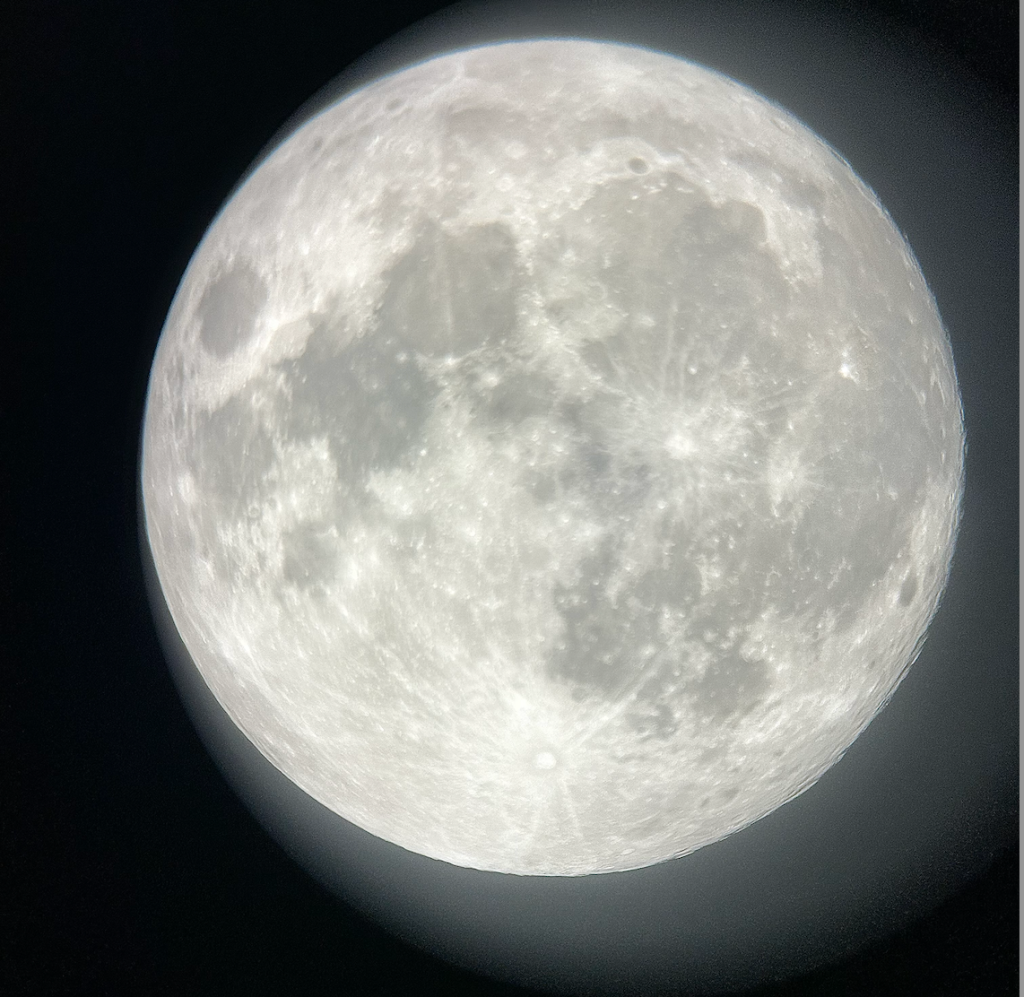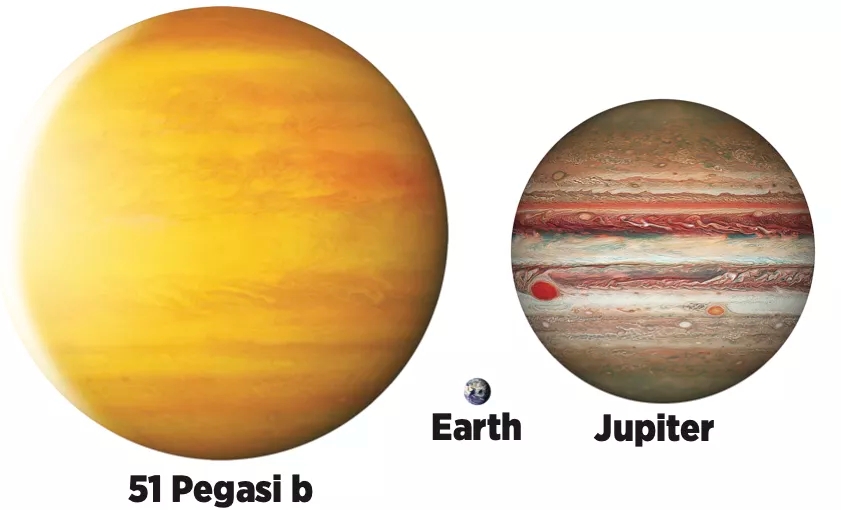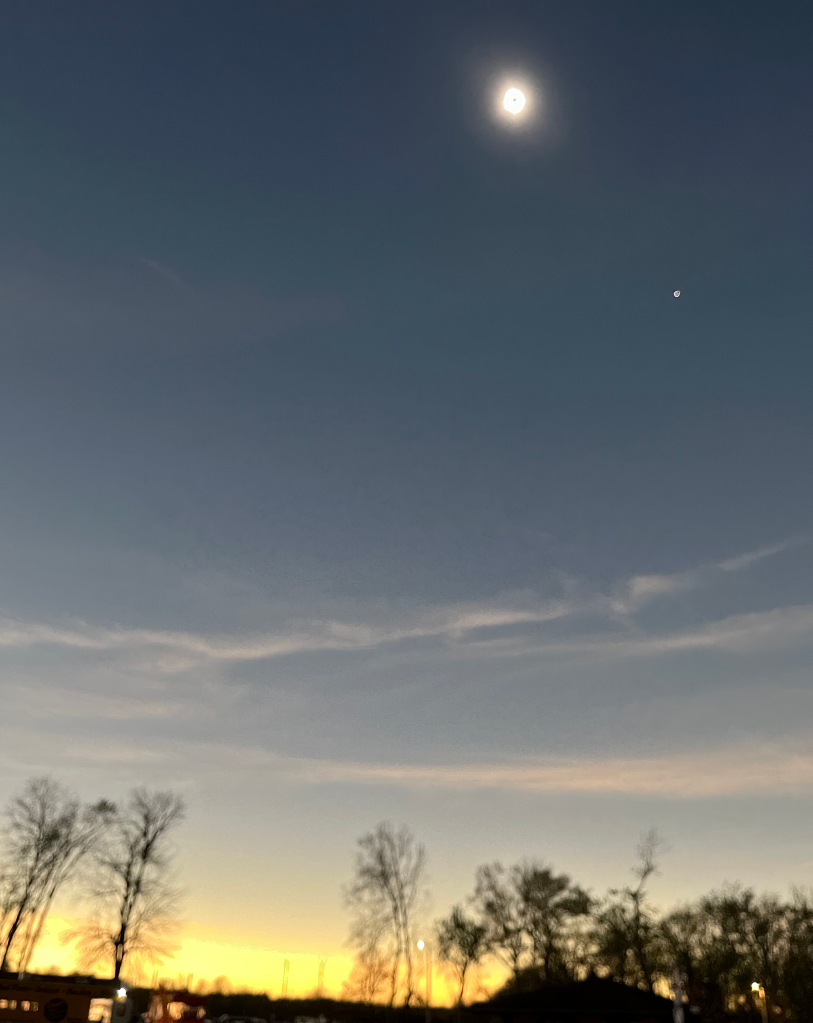
This beach pictured on Nantucket Island is my favorite place on Earth, and the origin of my interest in astronomy and curiosity of what lies beyond what we know. This beach is on the tip of the island, making light pollution a limited issue and allowing for incredible stargazing when the sun sets beyond the horizon. I have always loved stargazing here, thinking about the incredible vastness of the universe, imagining what surrounds distant stars, etc, but I have never been more excited to stargaze here again having taken this class. In our solar system alone, we have a star that is millions of times as large as our home planet, tall mountains and cliffs, insane storms, and potentially oceans that would dwarf the Pacific. I have always loved the idea that the more you learn, the more you realize you don’t know, and this class was humbling in this way. With the knowledge I now have of the many incredible features of the universe that we know of, my curiosity will only continue to expand as I look up in the sky and imagine what could possibly be out there. A little speck in the sky could be a star millions of times bigger than our Sun, with several planets in the habitable zone, extreme solar winds, and billions of asteroids orbiting it at mind bending speeds and sizes. Take UY Scuti, for example, the biggest star we know of in the observable universe. This star is so massive that the volume of over 5 billion suns could fit inside it; who knows what may make up its system. You can find out more about UY Scuti here.
Stargazing really is an activity where you can become completely lost, entranced by the wonders that lie beyond our reach. While it used to frustrate me that there is so much we do not know and will never know in my lifetime, I have come to feel content by the idea of it. We live in a tiny bubble world, likely completely insignificant in the grand scheme of things. This can feel terrifying, but at the same time, shows us that the bad things in life are just really not that deep. For now, we can sit back, enjoy life, and let our minds wander.











